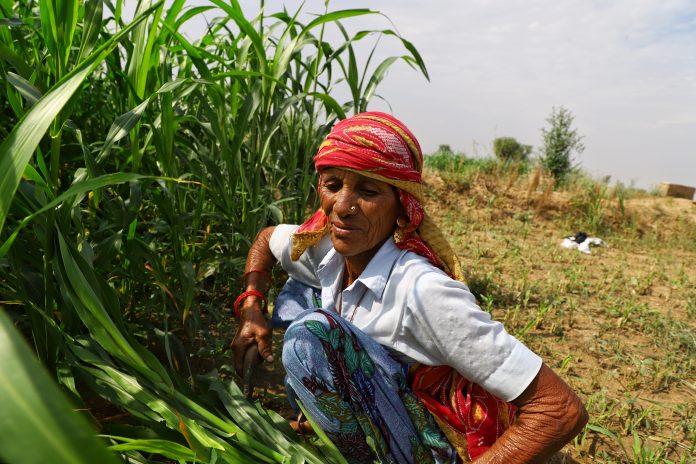Andre Laperriere, the Executive Director of Global Open Data for Agriculture & Nutrition (GODAN) discusses the locust outbreak in India
The United Nations suggest that the current situation of locust infestations was caused by the 2018-2019 cyclone season in the Arabian Peninsula. The devastation is unfolding in Kenya, Ethiopia, Somalia, Uganda, Pakistan and India, where crops are being consumed at a rapid speed. An adult locust can eat food equivalent to their body weight daily, with the capacity to fly 150km a day to find further sources of food.
A small swarm of locusts is enough to consume the crops that would feed 35,000 people across the space of one day.
This outbreak is inextricably linked with climate change, as erratic weather patterns are largely responsible for the current hordes flying through continents.
Comment from GODAN
Andre Laperriere said:
“Amidst the current pandemic and a heatwave, India is facing another outbreak that now threatens its food security – Locus infestation. The country now faces the worst locust outbreak in 25 years, with swarms attacking crops across the west of the country and now moving towards the central states. Locusts, which attack crops and fields, are known to eat twice their body weight in a single day, and a swarm can destroy enough food to feed 35,000 people.
“The short window for India to address the ongoing locust outbreak will mean that the government will have to identify effective methods to avoid extensive crop losses ahead of the monsoon season. The new wave of locusts could pave the way for more food insecurity which will leave more people at risk of starvation, in which 194 million in India are already undernourished. There are additional concerns over the impact on livelihoods and the damage to the national agricultural economy.
“While it is difficult to control locust swarms, if we act early, we have a chance at preventing a swarm from being formed. Locust population interactions, direction of movement and scale of displacement, and the predictability of seasonal rainfall are complex calculations that require open source data and information that is transparently available for researches to effectively predict the chances of an outbreak. Resource pooling and creating open source tools can help in monitoring and mitigating an outbreak.
“Data is critical to preventing an outbreak, as rainfall and environment monitoring can help map out areas to be likely affected. For example, soil moisture data can help predict an outbreak 2-3 months in advance, giving plenty of time for preparation.
“Governments should therefore work towards open data policies and technologies to be effective against some of the key challenges that we face. More often than not, early preparation and data monitoring would be really helpful in preventing such outbreaks.
“Pesticides are in effective as the size of the swarms require millions of litters, which are costly and harmful for the environment.”











